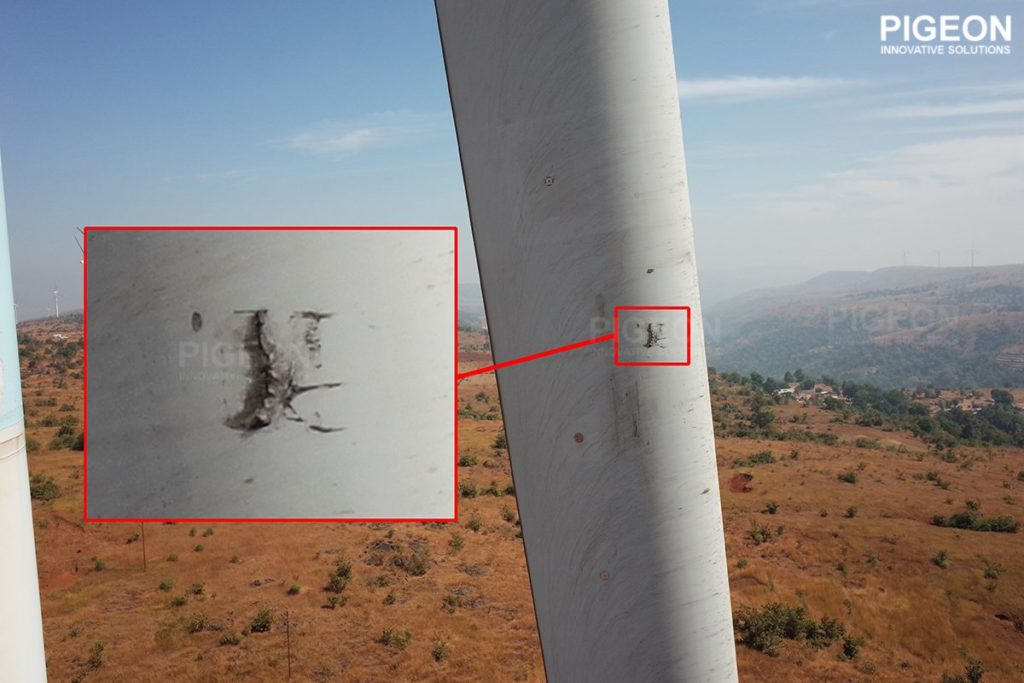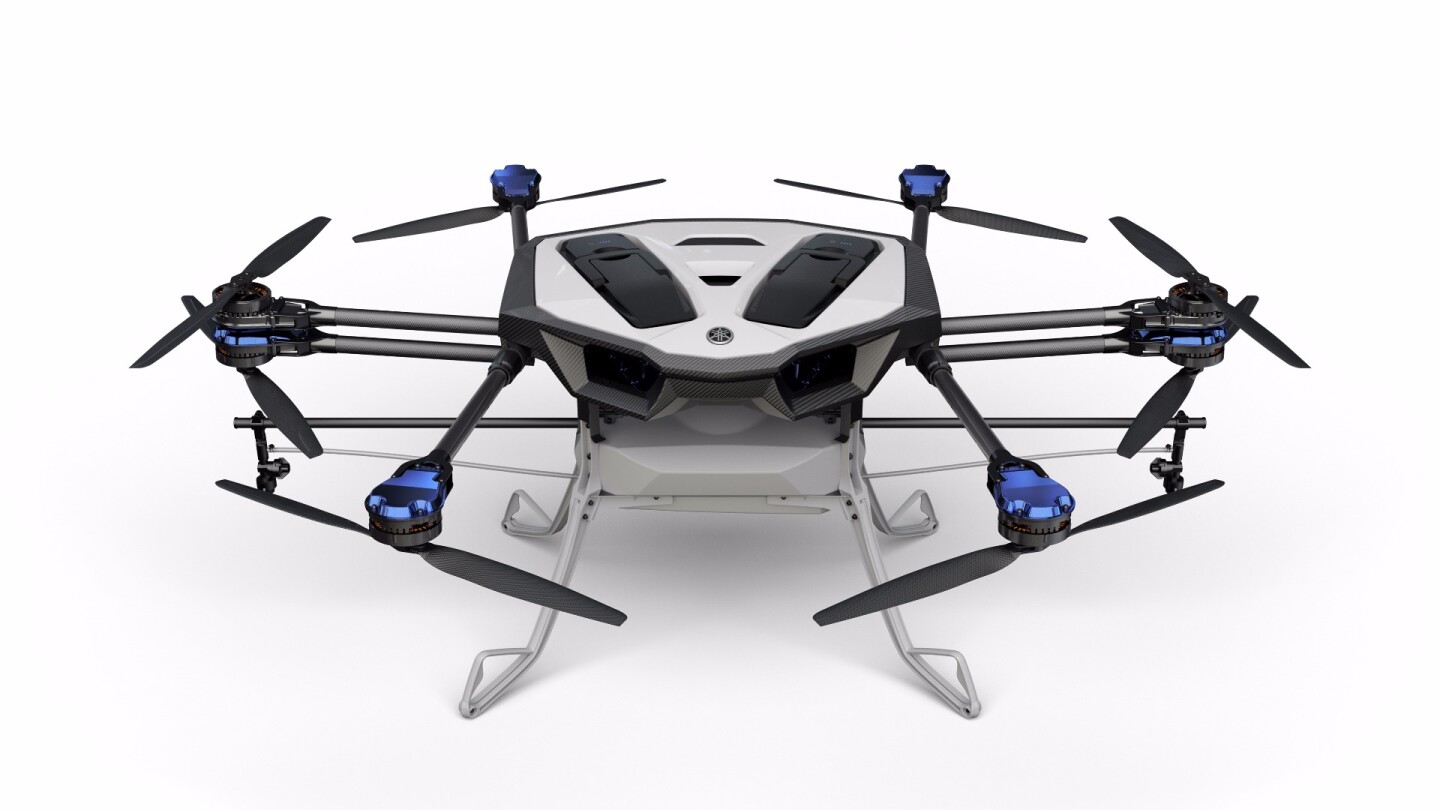
Drones for oil and gas have many uses. They can be used as a visual surveillance tool to detect natural and external threats. Drones can be used to monitor the perimeter of pipelines and prevent fires. They also reduce methane emissions. Drones can also alert a safety committee to an emergency. Below are some of most common uses for oil and natural gas drones.
Methane emissions are reduced
A new drone technology that monitors methane emissions can cut methane emissions up to 90%. Drones equipped for laser beam sensors can fly over suspected areas and then beam a light beam on the area. Once the beam has been reflected, methane gas can be detected. OPLS allows for detailed analysis and reporting of leaks.
Safety improvements
In addition to providing a faster and safer way to access hazardous areas, oil and gas drones can also help in monitoring and inspecting their assets. This reduces the risk of employee injury or illness, as well as insurance costs and lost work time. Drones are also affordable, making them an attractive option for oil and gas companies to manage their facilities. Drones can inspect multiple oil and gas facilities at once, which allows them to plan maintenance better and monitor their assets' health.

Prevents dangerous fires
The U.S. Department of Interior used a drone equipped with an infrared camera to spot a fire in the Amazon rainforest. Infrared cameras were used to identify the fire and save firefighters $50 million. Drones should not fly near manned planes. However, drones may be used to monitor fires in highly sensitive areas. The U.S. government is cautious about drones being used this way.
Improves productivity
Drones have been a mainstay in the oil and energy industry. Companies can now gather crucial information about potential wells by using drones. With GPS and laser scanning capabilities, drones can gather topographical data about new locations and provide important information, such as access routes and building materials. These drones are useful for rescue missions. They provide visuals in dangerous areas and can help determine the best way to reach workers.
Reduces downtime
As the use of drones in the oil and gas industry grows, companies are finding new uses for the technology. Chevron for instance has used drones in internal equipment inspection, earthworks mapping and project progress monitoring. Other early uses of drones include oil rig and flare stack inspections. Drones reduce personnel downtime while completing inspections. Drones can monitor the health of the environment.

FAQ
Can I fly my drone around my neighborhood?
Yes! These are called UAVs (unmanned aerial vehicles). There are many kinds of drones today. They range from small quadcopters, to large fixed-wing planes. The FAA recently released new rules for commercial UAV use, meaning that they are now legal to fly for business purposes. However, be aware that flying a UAV near airports may cause interference with air traffic control systems, and you must obtain permission from local authorities before operating one.
Where can I find a drone for sale?
There are many types of drones available online. Some people prefer buying their drones through Amazon, eBay, or Walmart. Others prefer to purchase their drones directly at the manufacturer.
What drone is the best for beginners?
The DJI Phantom 2 Vision+ beginner drone is very popular today. The DJI Phantom 2 Vision+ comes with a 4K camera that allows you to capture high-quality aerial shots and videos. This drone can be navigated using the built-in GPS.
Statistics
- According to ZipRecruiter, the minimum hourly wage of drone pilots is $20. (thedroneu.com)
- With the top 10% making over $100/h and the bottom 10% making as low as $10/h. (dronesgator.com)
- According to Indeed, a drone pilot gets paid $25.73 per hour on average in the US. (dronesgator.com)
External Links
How To
How do you clean your drone?
These are some important things to remember before cleaning your drone. If you want to make sure you get every last bit out of your drone, then read this guide!
-
Be sure to have all the tools you need. You should have everything you need to start any project. A soft toothbrush (or a toothbrush), and a cleaning solution (we recommend using WD40).
-
Remove the battery pack. First thing first - remove the battery from the bottom of your drone. It's usually quite easy to find the battery under the propeller, so don't worry if you're unsure where it is. Be careful not to loose screws during removal.
-
You will need to remove all parts. Next, you'll need to carefully remove all of the parts from the underside of your drone. You should make sure that they are not loose as they could fall off during cleaning.
-
Use a cleaning agent. Now, it's time to clean your drone. Use WD40 to clean your drone. Simply spray the entire surface of your drone with the cleaner, making sure to get in between each component. It is best to let it dry completely before attaching everything.
-
Install the battery. Finally, once you've cleaned your drone, it's important to put the battery back in place. This will allow you to check how your drone performs after cleaning.